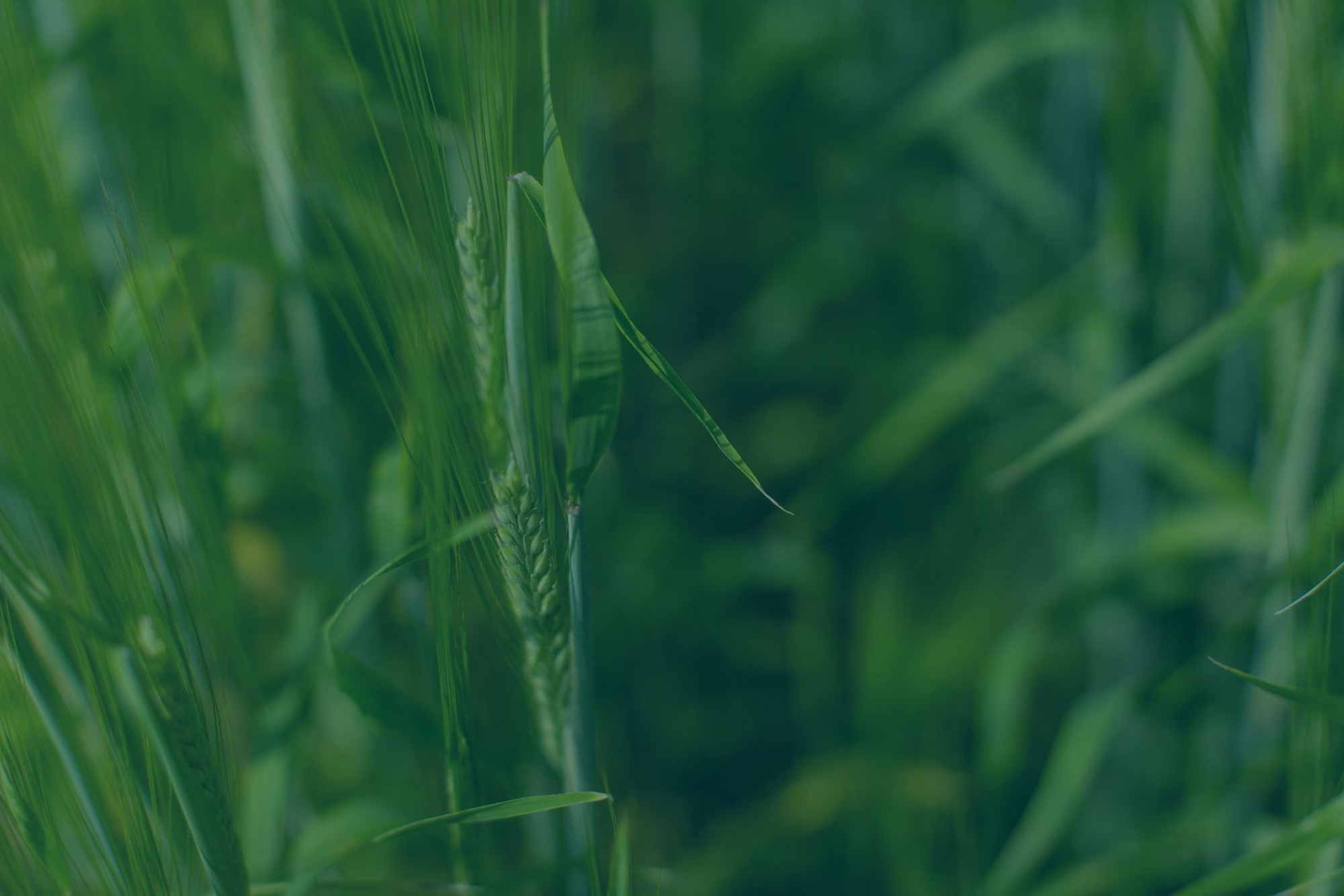Plant counts to confidence: Turning plant stands into smart decisions
This article is an update to Take steps to know your emergence percentage, written by Jeremy Boychyn in April 2021.
Overview
Emergence percentage is an essential piece in seeding rate calculation. It is the % of plant that become established compared to the number of viable seeds sown.
Emergence % = Actual plant stand (plants/ft2) / Seeding rate (viable seeds/ft2)
Knowing your emergence percentage sets expectations for seeding rates and plant stand in the following years. The more accurate we can estimate field emergence, the better we can attain target plant stands to maximize yield potential.
Estimating emergence percentage starts with plant counts 21 days after seeding. This is the ideal time as it gives enough time for the seeds to germinate and emerge, but before the plants start tillering and making counting more difficult.
There are many reasons why crop emergence can differ from your seed test’s germination value. Soil and seed-borne disease, soil moisture, predation, seed-to-soil contact, seed-to-seed competition, fertilizer injury, soil crusting, trash levels, seeding depth and more can impact the seed’s germination and emergence. Many of these factors will vary from farm to farm, field to field and year to year.
However, by determining the emergence percentage on your representative fields every year, you will get more accurate seeding rate calculations.
Below is a step-by-step process you can follow to begin collecting emergence percentages on your farm.
Calculating emergence percentage:
1) Know the number of seeds you planted per meter (or foot) of row. To know this information, you must base your seeding rates on TKW.
2) For those fields where you plan to assess plant stand, set a reminder to take plant stand counts 21 days after seeding. The easiest way to set the reminder during busy seeding season is to set the reminder on the day of planting for 21 days. Additionally, note seeding moisture conditions so you can determine what factors may have increased or decreased emergence.
3) Twenty one days after seeding, scout your fields to get an overall idea of field emergence. Depending on environmental conditions, emergence can vary greatly across the field.
4.1) If using a flat seeding rate across the field, select 6-10 locations within the field to collect plant stand counts. Here are some guidelines to follow when selecting locations:
a) Avoide areas of extreme such as very dry hilltops and wet slough bottoms.
b) Select areas that are representative of the majority of the field.
c) Increased field variability means you will want to collect plant stand counts from more locations (count 10 rather than 6 locations)
4.2) If your farm implements variable seeding rates, you can take plant stand counts within each seeding rate zone. The number of counts you should take per zone and in each field will vary depending on many factors. Speak to your agronomist for the best steps to take.
5) At each location selected in step 4, count the number of plants in a square meter or a square foot. There are a couple of ways to do this:
a) Use a pre-sized collapsible square. Inquire with your crop input retailer to see if they have tools to assist with determining a square foot or square meter. Some will have pre-sized collapsible squares.
b) Use a tape measure. Your row spacing will determine the length of the row you use for your plant counts.
To count the number of plants in a square foot, the math goes as:
- 1 square foot = 12” x 12” = 144 in2
- Divide 144 in2 by the row width (in), the result is the length of row you need to count
- Count the number of plants within that length
The common row spacing and required length of row to count plants in 1 sq ft are:
-large.png)
Either counting using a square or tape measure, the average plant stand can be calculated from all 6-10 locations you counted.
6) Take the average value you determined in step 5 and divide it by your target TKW seeding rate. For example:
- If your seeding rate was 35 viable seeds/ft2 and your plant stand is 26 plants/ft2, your emergence percentage is just over 74% (26÷35).
How to use the emergence percentage?
Once you get the emergence percentage, there are many ways to use it to help optimize plant establishment in future years. Here are a few examples:
Example 1: Assess how moisture impacts emergence
Take note of early-season moisture conditions and compare with emergence percentage, analyze if they are lower or higher than expected.
In future years, when seeding moisture conditions are similar, use the emergence percentage to adjust seeding rates.
Example 2: Assess how field variabilities impact plant stand
Variabilities such as slopes and soil fertility exist in a field and counting plant stand is a way to assess how the variabilities impact plant stand and how to change them in the future.
If a flat seeding rate is used across the field, ask these questions:
- What are the plant stands in different areas?
- How do the variabilities impact emergence %?
- How do the variabilities impact emergence %?
If a variable rate seeding is used, ask yourself:
- Did you reach the target plant stand in each specific area?
- If certain areas are over/under seeded, how to adjust in future years?
Example 3: Seeding rate vs plant stand
Ultimately, the plant stand counts comes down to one question: does what you put down match the plant stand you are targeting? And If it didn't, why?
Some potential considerations:
- Did you seed too deep in a certain area?
- Tilted areas may pose more challenges to the seeder to place the seeds into the ideal depth. Check the calibration of the seeder, did the seeder put the seeds too deep/shallow into the ground? How to improve it in future years?
- Is it due to fertilizer placement?
- Is fertilizer injury the potential cause? Seed-placed fertilizer may injure the seedlings through salt index and/or ammonia toxicity. Check the fertilizer notes if in doubt.
- Is it due to diseases or insects?
- Did any seed or soil-borne diseases impact emergence percentage? Did the impact concentrate on a certain area or the whole field? Any changes that can be made to the seed treatment?
- Insects such as wireworm and cutworm impact the emergence percentage. If insect damage is detected, are there methods to manage them?
Takeaways
- Doing plant counts around 21 days after seeding is the best way to know if you’ve reached the target plant stand.
- Emergence percentage can be calculated based on the seeding rates and plant counts.
- Emergence percentage may vary field to field and year to year. Keeping a record of them helps optimize seeding rates in future years.
- Ask yourself if the actual plant stands match your seeding rate/target plant stand. If not, consider the potential reasons, such as seeding depth, fertilizer injury, diseases and insect damage. Managing them will help improve plant establishment in future years.

